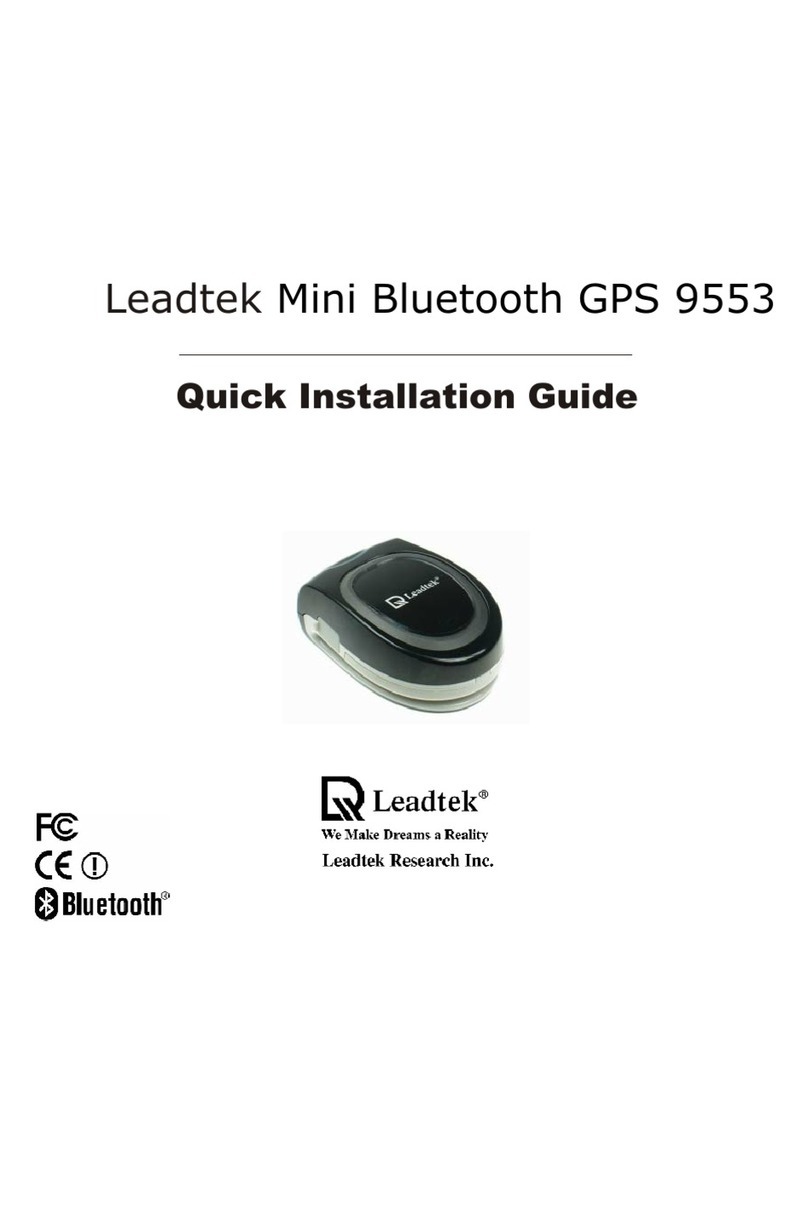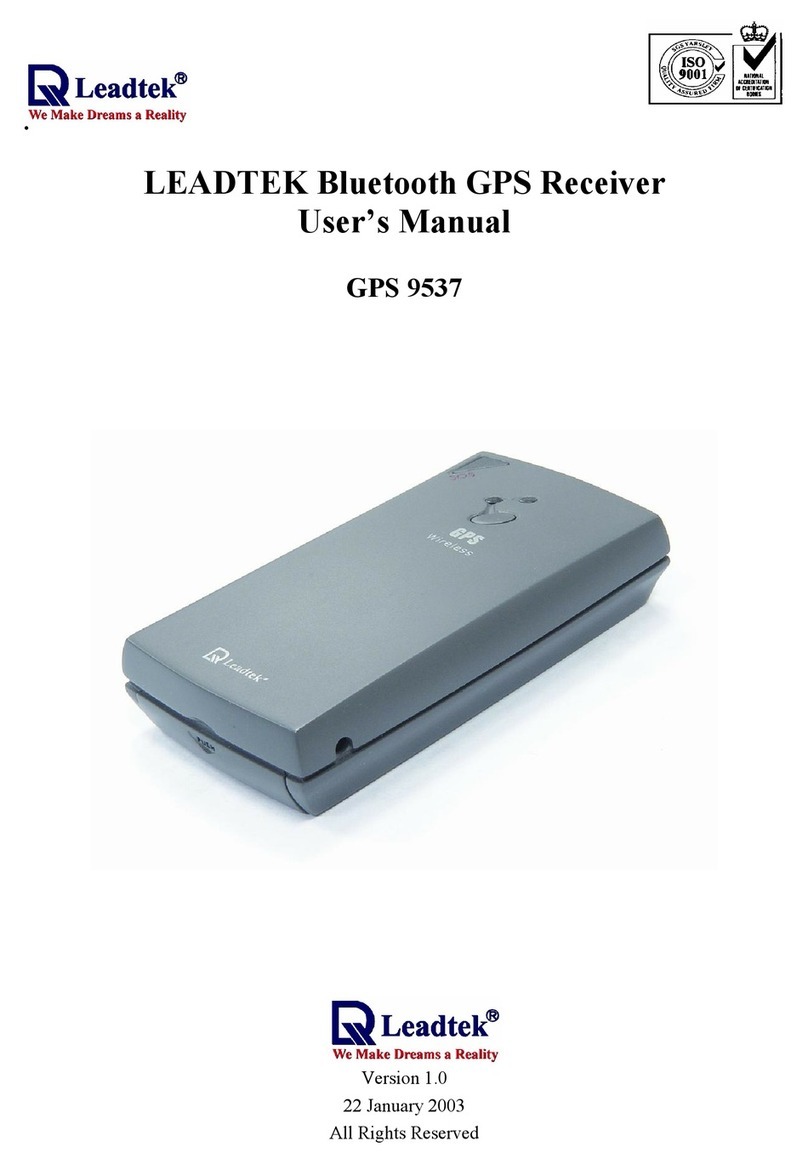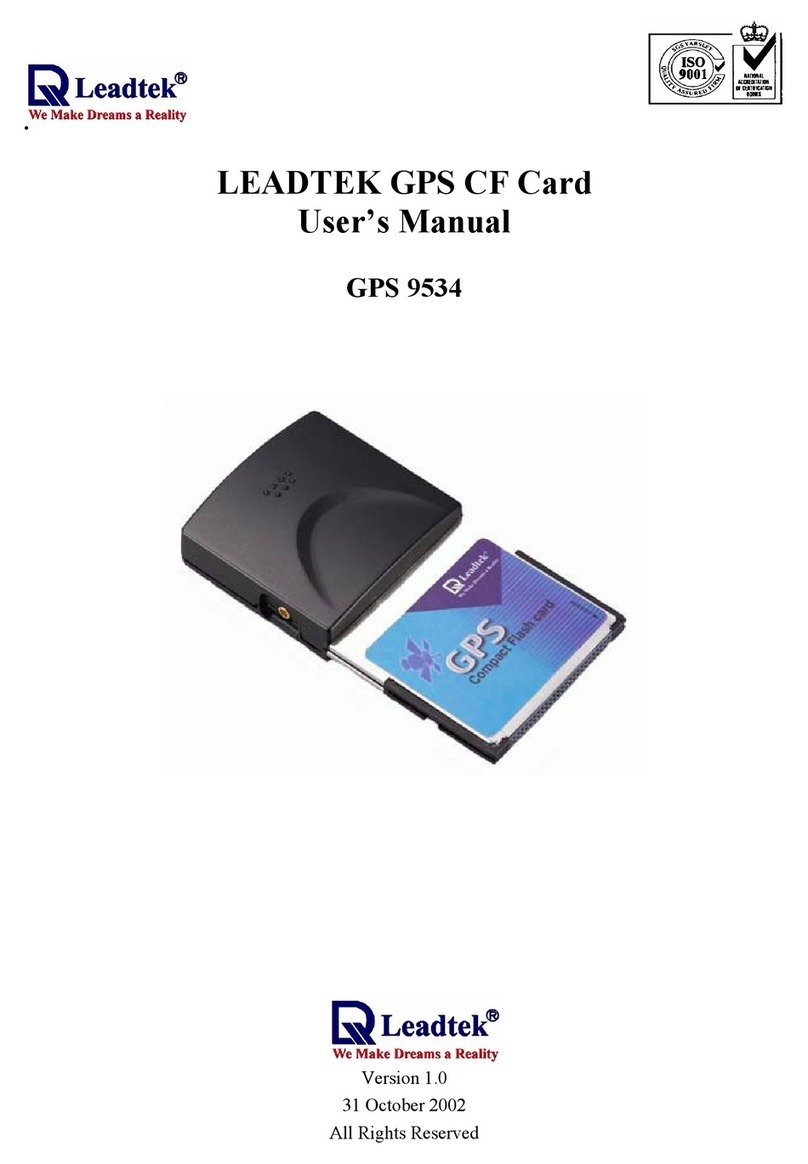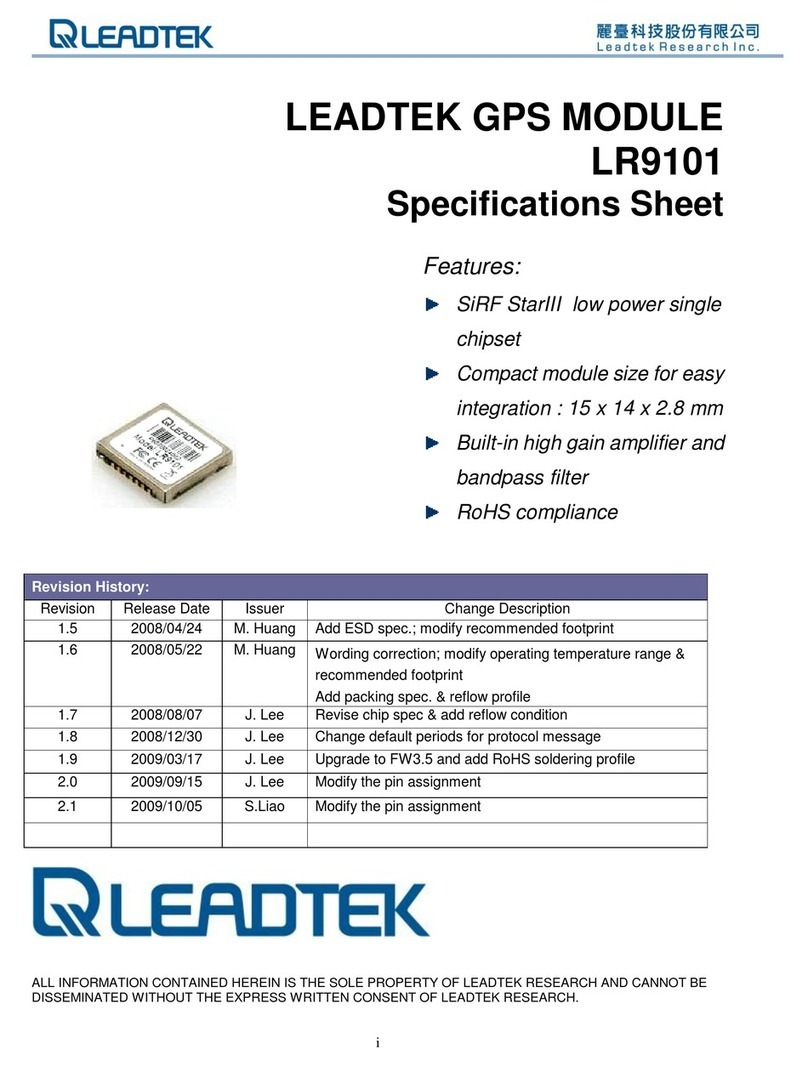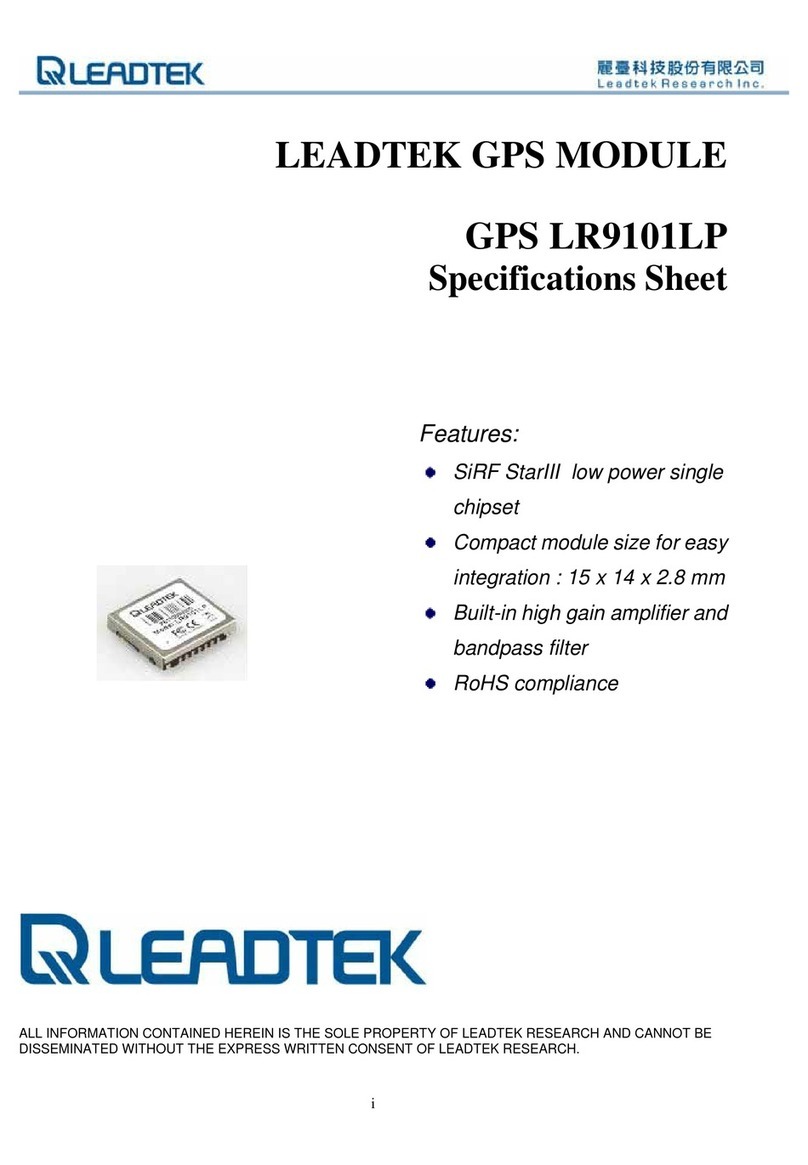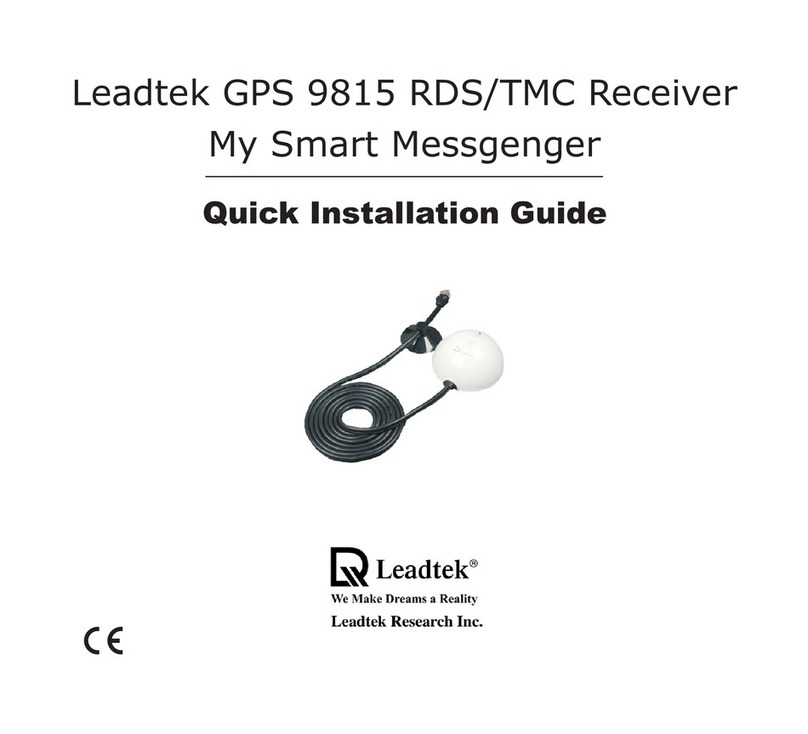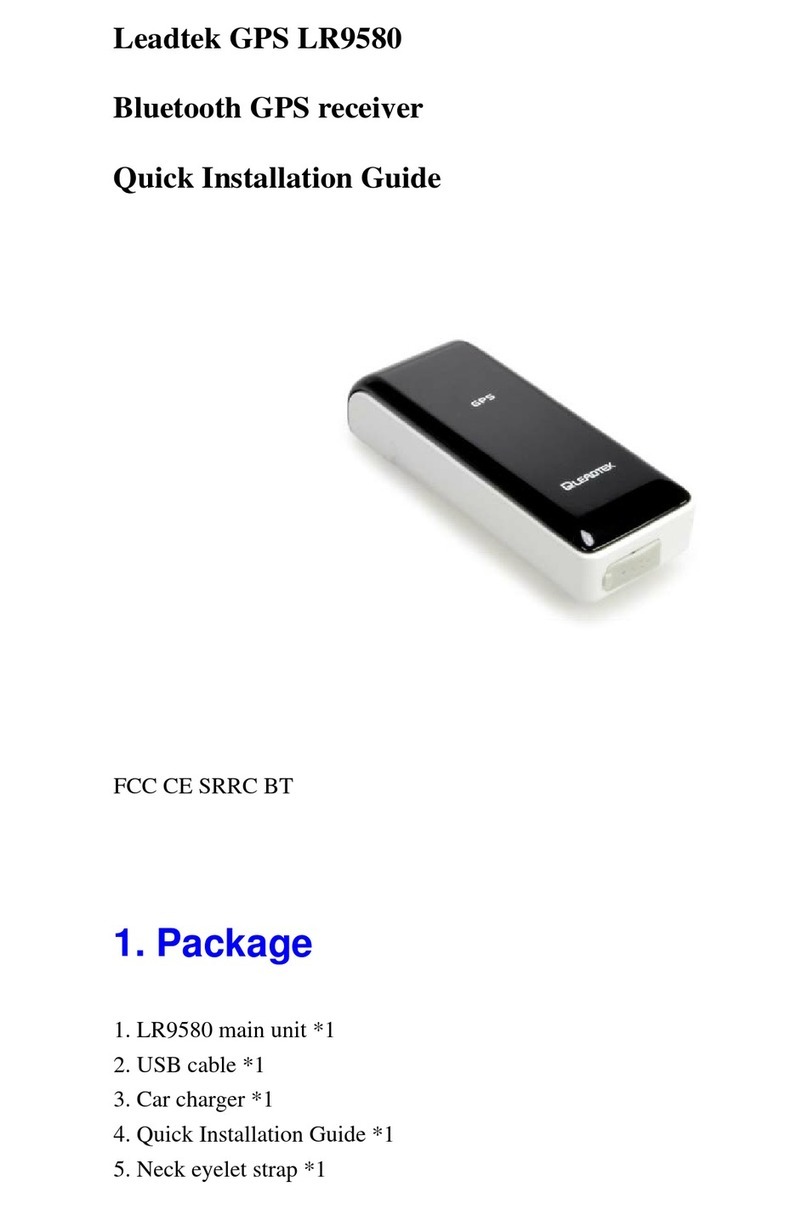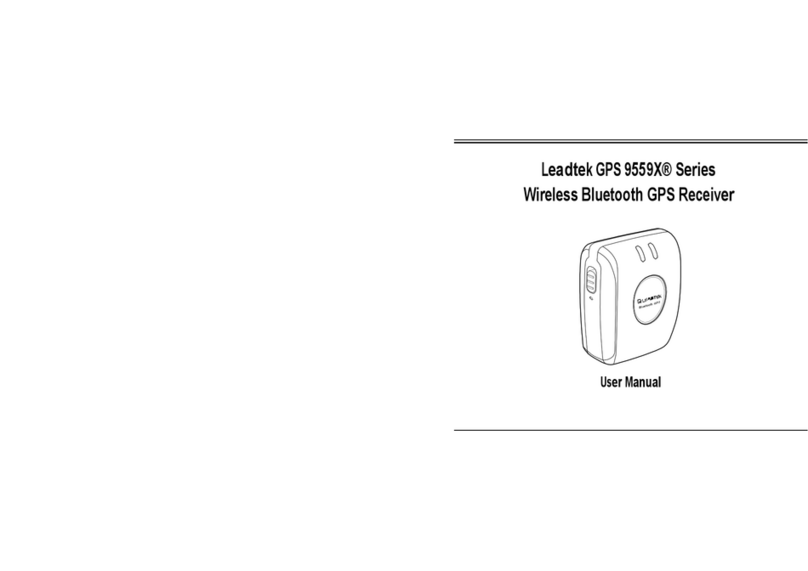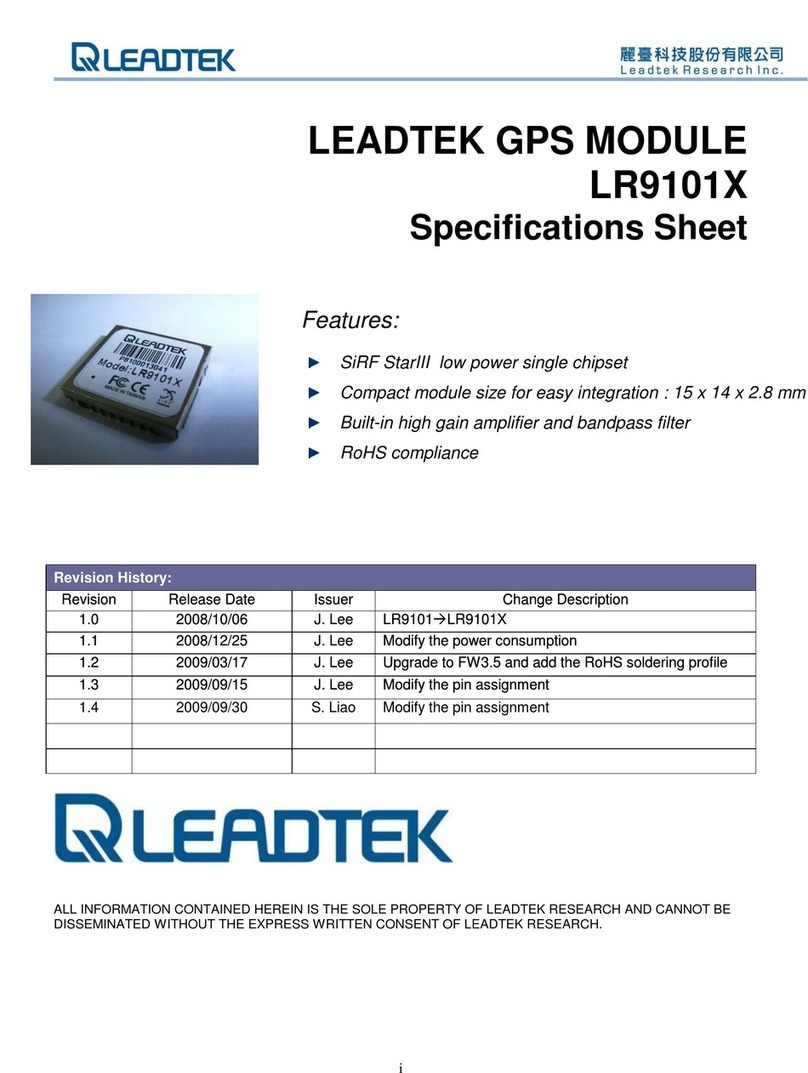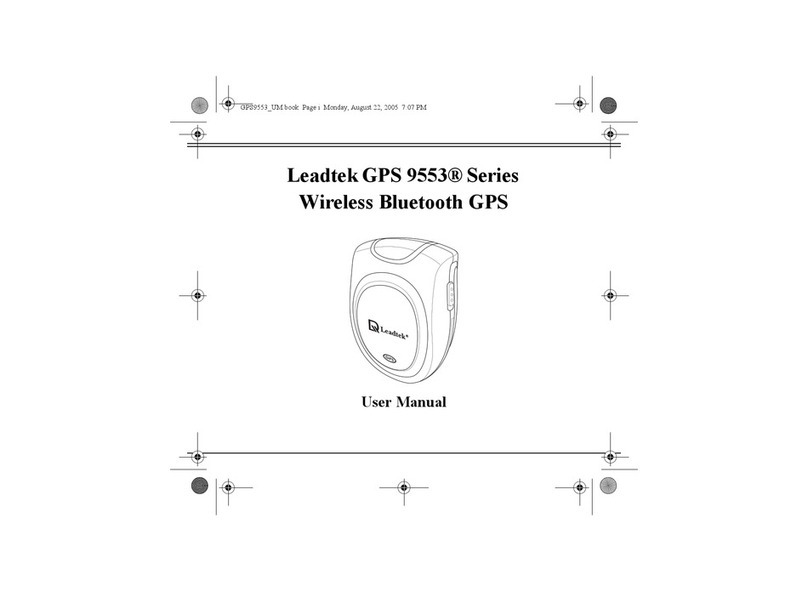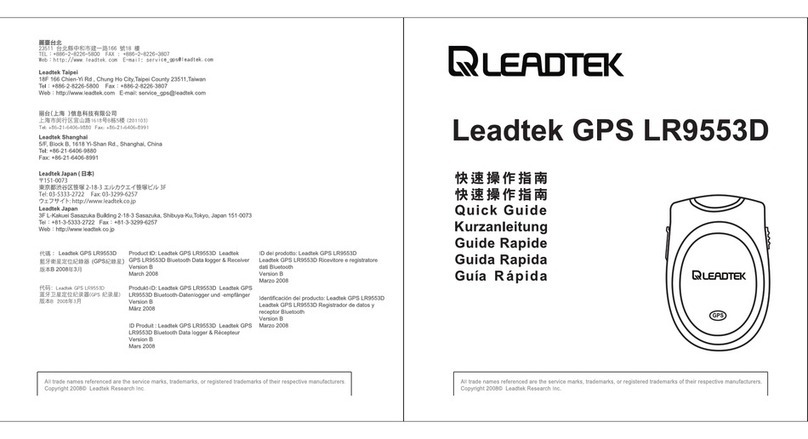.
- -
7
5.5 Battery
This product uses a Lithium-Ion battery. Please charge fully before first use. Operation in low (below 0º
C/32ºF or high (over 40ºC/110ºF) temperatures will affect power supply efficiency and the ability to
charge the battery. All Lithium-Ion batteries will experience power supply efficiency deterioration over
time even if not used and have a limited life expectancy. Permanently powering the battery will reduce
life expectancy. Do not use your product in a humid, wet and/or corrosive environment. Do not put,
store or leave your product in or near a heat source or in a high temperature location and do not expose
it to temperature over 60ºC(140ºF). Failure to follow these guidelines may cause the Lithium-Ion
battery to become hot, explode or ignite and cause injury and/or damage. THE LITHIUM-ION
BATTERY CONTAINED IN THE PRODUCT MUST BE RECYCLED OR DISPOSED OF
PROPERLY. USE ONLY WITH SUPPLIED CHARGER(s) AND SUPPLIED AC ADAPTOR FOR
BATTERY CHARGING.
5.6 FCC
This equipment has been tested and found to comply with the limits for a Class B digital device,
pursuant to Part 15 of the FCC Rules. These limits are designed to provide reasonable protection against
harmful interference in a residential installation. This equipment generates, uses and can radiate radio
frequency energy and, if not installed and used in accordance with the instructions, may cause harmful
interference to radio communications. However, there is no guarantee that interference will not occur in
a particular installation. If this equipment does cause harmful interference to radio or television
reception, which can be determined by turning the equipment off and on, the user is encouraged to try to
correct the interference by one or more of the following measures:
--Reorient or relocate the receiving antenna.
--Increase the separation between the equipment and receiver.
--Connect the equipment into an outlet on a circuit different from that to which the receiver is
connected.
--Consult the dealer or an experienced radio/TV technician for help.
CAUTION
Any changes or modifications not expressly approved by the grantee of this device could void the user’s
authority to operate the equipment.
FCC RF Radiation Exposure Statement
This equipment complies with FCC RF radiation exposure limits set forth for an uncontrolled
environment. This equipment should be installed and operated with a minimum distance of 20cm
between the radiator and your body.
